There are four main attacks: Star, Overload, Centre Man, and Split, as well as two main defences: 3-1 and 2-2. These are all outlined below.
Star:
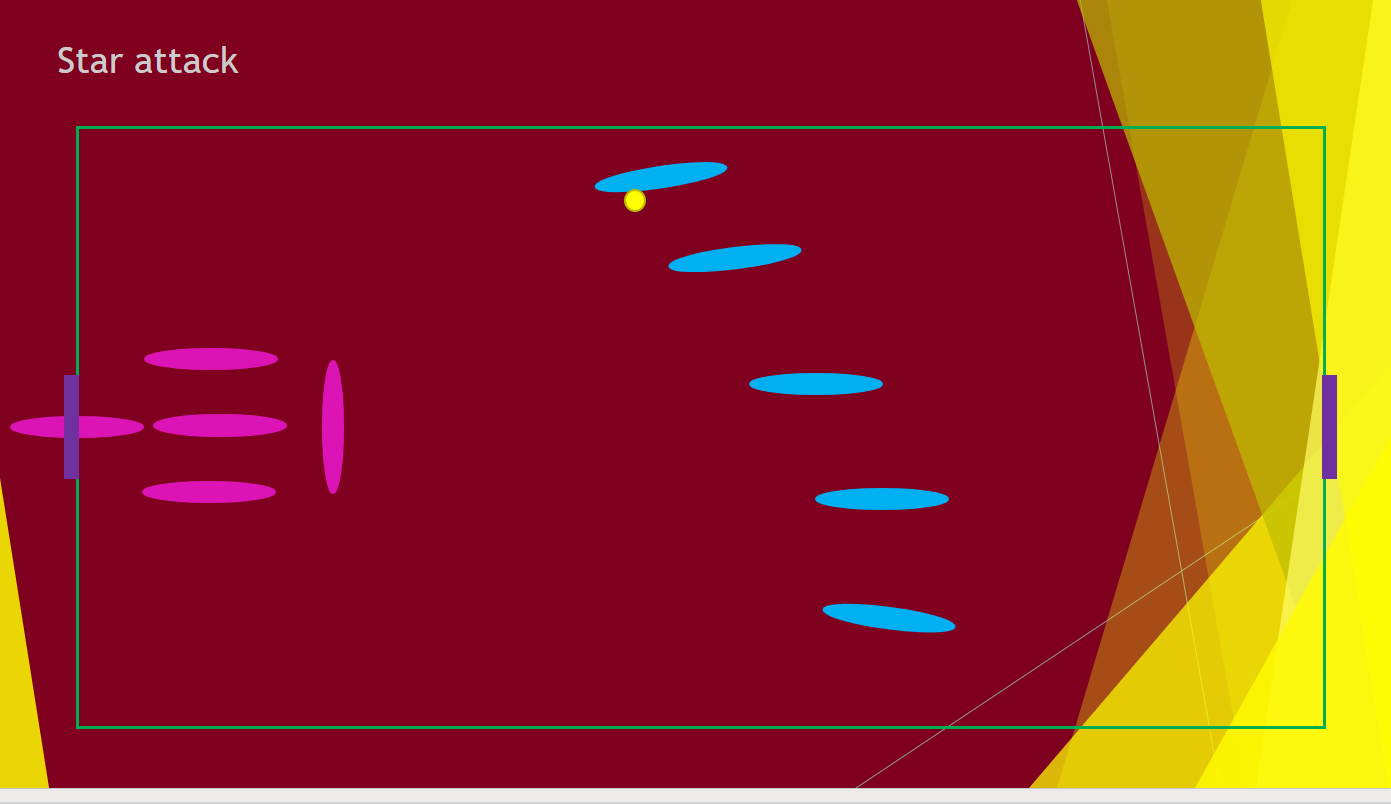
The aim of this attack is to draw the defence across, therefore creating space for a shot on the other side. This attack requires good communication, passing and catching. The ball starts on one side, and the aim is to stagger runs along the line of paddlers, passing the ball along the line just before coming into contact with the defence.
Key Points:
- Speed is essential
- Good passing to hands
- Well staggered runs
- Starting and ending wide
Overload
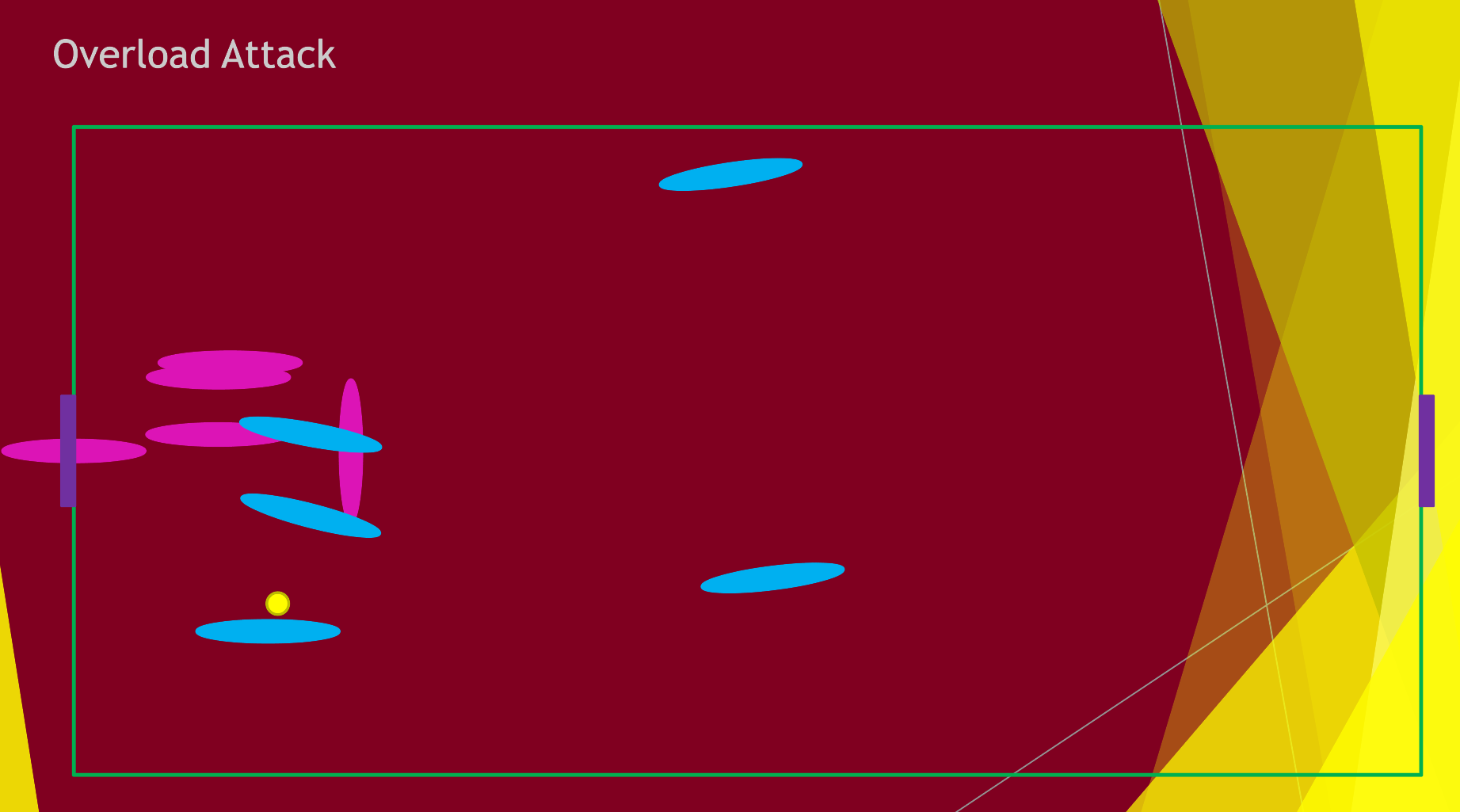
The aim of the overload attack is to push the defence across, therefore creating space for a 1 on 1 shot with the goalkeeper. This attack requires good communication, with one person in charge directing the other players.
Two players paddle in at speed into one side of the defence, aiming to push it across. The ball should be passed around the other 3 players, keeping wide, and making runs into space. It is important to not always shoot when making a run, and to ensure a good clear chance by continually recycling the ball.
If the attack is not working, it is good to reset the attack and restart. This requires good communication from all players, telling each other what they are doing and when.
Key Points:
- Good communication is necessary
- Try and dip under the defence to move them more efficiently
- Keep space between the outside players to relieve pressure from pressing (Done by keeping wide, ensuring there are always good passes.
Centre Man:
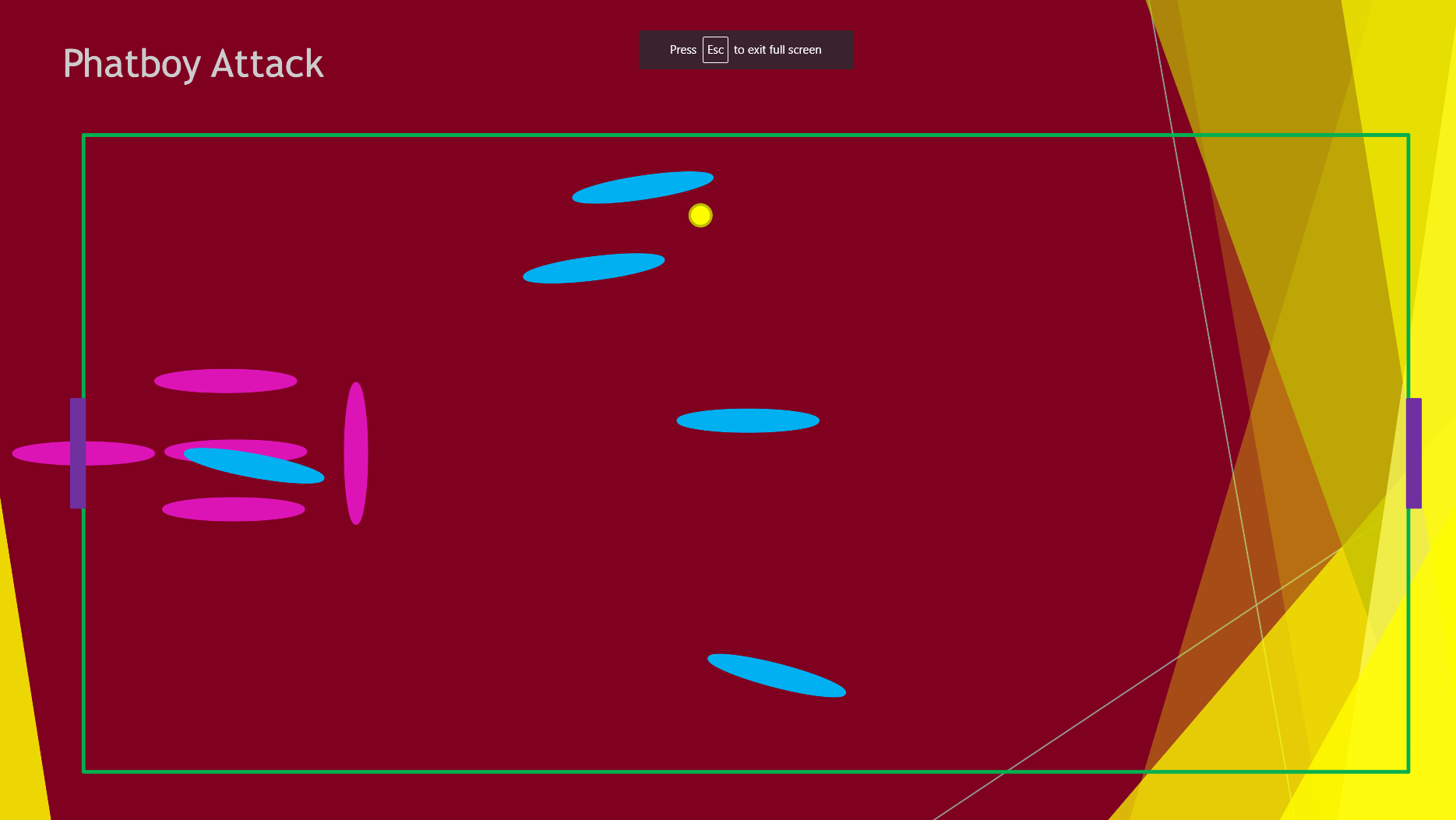
This attack works by one player disrupting the centre of the defence, trying to create space for a run, or to receive the ball into the centre man – this is because the centre man is often right in front of the goalkeeper. The other players stay spread out wide and pass the ball between them, making runs into space. Once again it is important to keep recycling the attack if it is not working, and it is better to keep the ball rather than take shots that are not 1 on 1.
Key Points:
- The centre man is often more effective if they are a heavier paddler who can throw their weight around well
- Passing and making runs is essential
Split Attack:
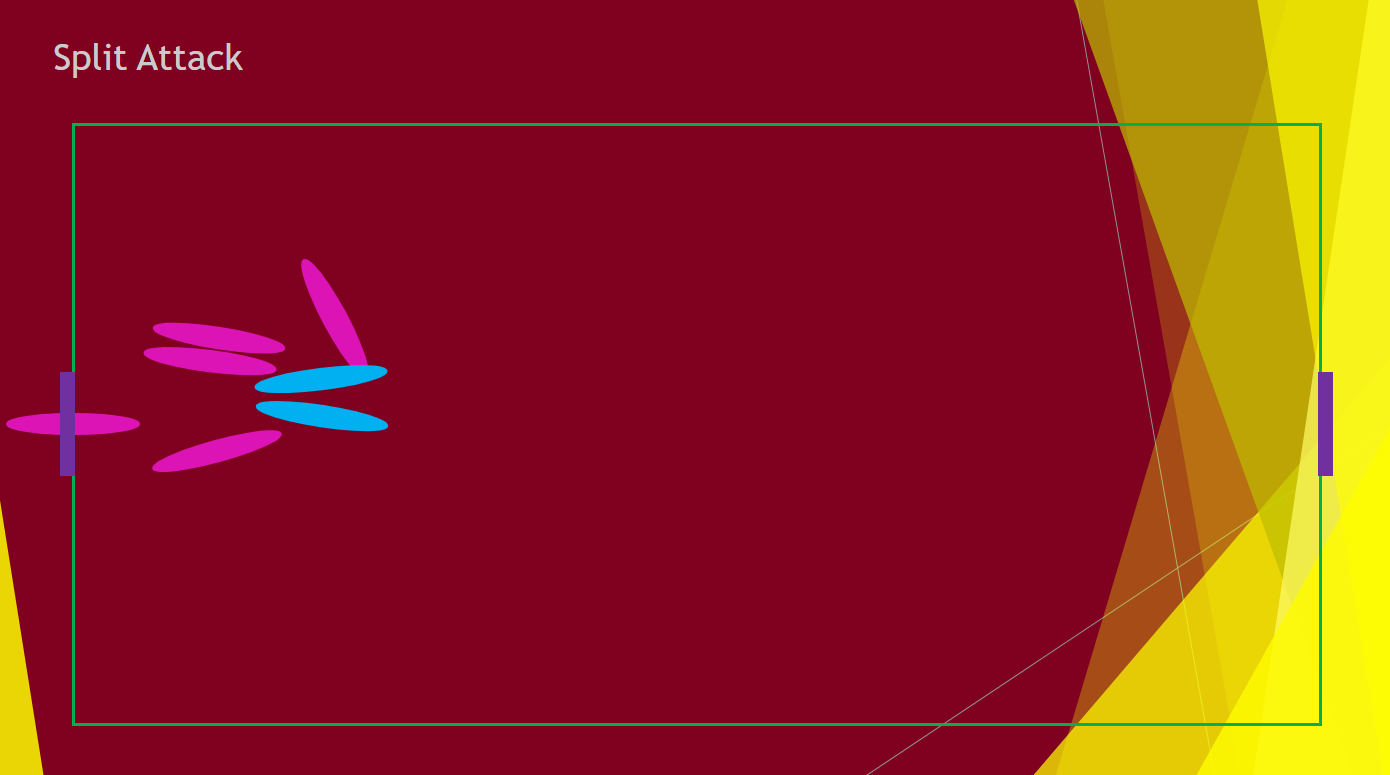
For this attack, two players paddle in and each take a defender, aiming to create a wedge by driving the defenders away from each other, therefore creating space for either a ball to be passed in or a run. Again, this attack relies on communication and good passing between the outside players.
Defence:
The main key to a good defence is communication. This often is from the goalkeeper, who needs to keep up a constant stream of information of what the opposition are doing, but the defenders also must talk between each other.
3-1 Defence:
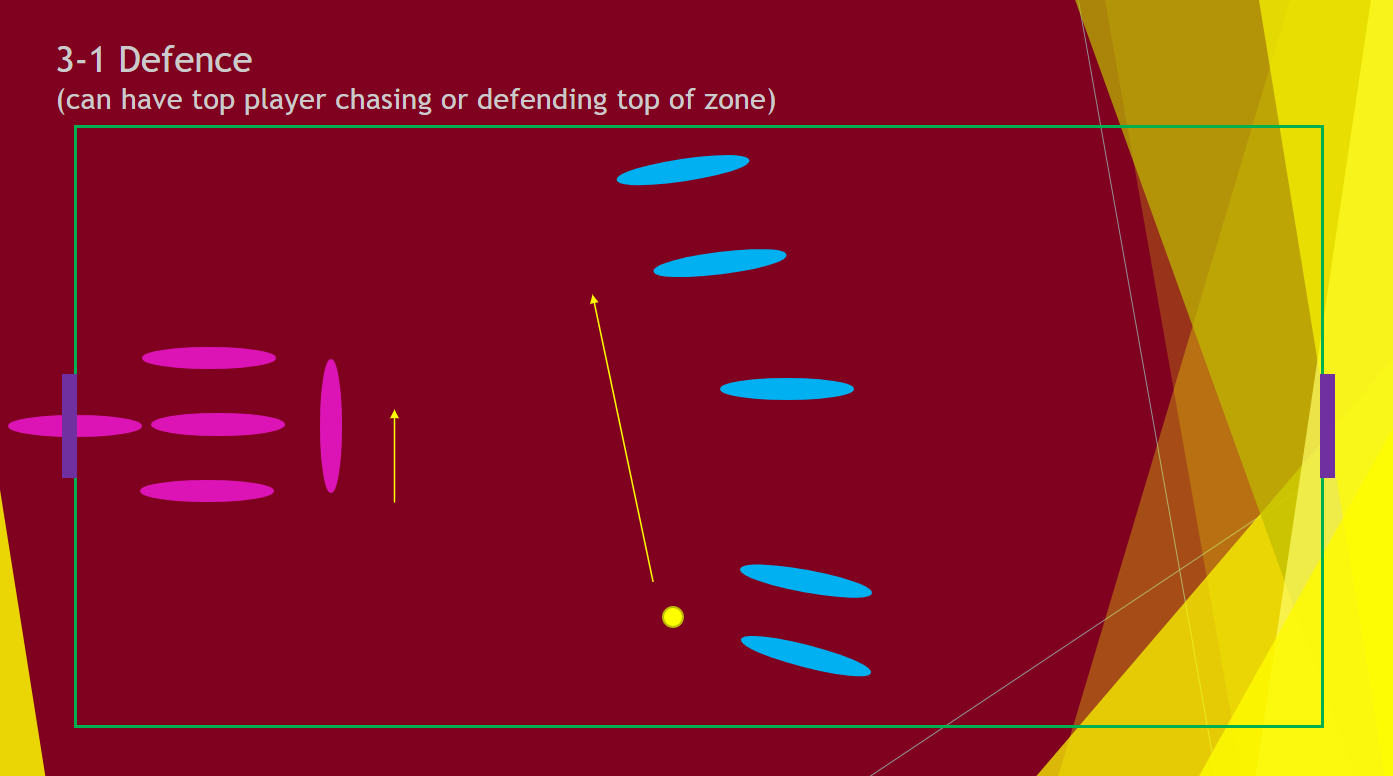
The 3-1 defence has 3 defenders pointing forward and 1 top defender who will follow the ball as it is passed. The top player can either be chasing or be part of the main defence. When chasing they must ensure that they are not drawn too far. Defenders must help each other and communicate the incoming attacks.
Key Points:
- Communication!!!!!!!!!!!!!!!!!!!!!!!!!!!!!!!!!!!!!!!!!!!!!!!!!!!
- Do not put paddles up when a player in the zone is about to shoot – keep driving them to point away from the goal
2-2 Defence:
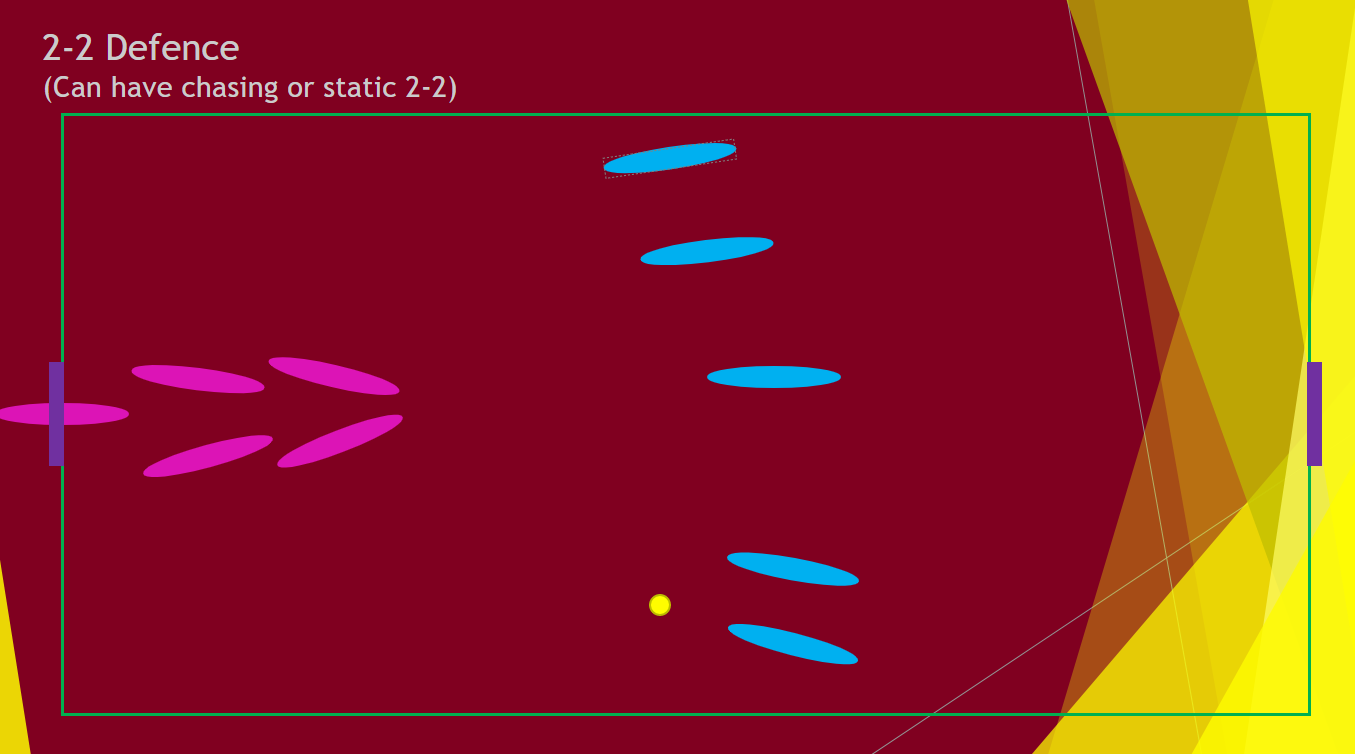
The 2-2 defence allows for a more chasing style and is good for a faster team. The top two players can either chase or stay static if the chasing does not work. When chasing, good communication is required, to enable more effective chasing. The defenders should keep their noses close to stop an attacker from getting in between.
Key Points:
- Good communication necessary
- More attacking-style of defence: Suited to faster teams who prefer breaking.
